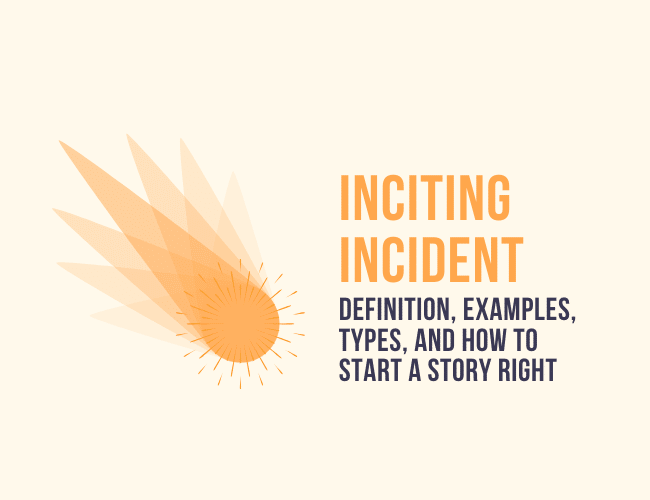
by Joe Bunting |
If you are planning on writing a story, there is something you need to consider besides basic plot structure. You need to determine your Inciting Incident.
What incident will compel your protagonist to act, prompting them to move through a meaningful story?
Let’s take a look at what an inciting incident is and how to write one.
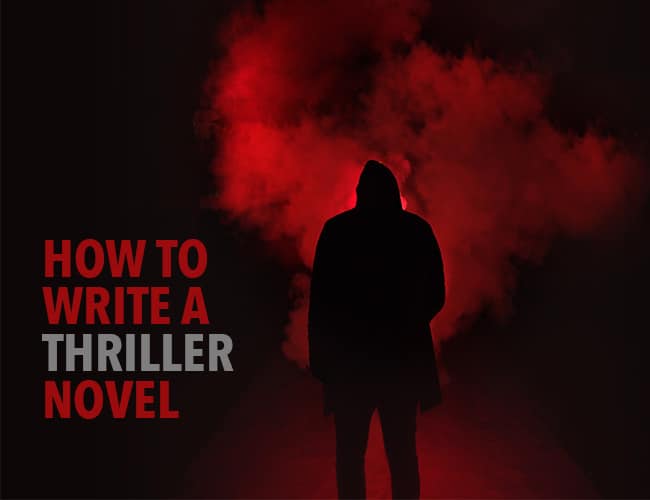
by Joslyn Chase |
A thriller is not just a rollercoaster ride, but like a whole day at a theme park with head-of-the-line privileges. Ride after wild ride with maybe just enough down time to eat a corndog and take a bathroom break. The necessary ingredients for a thriller include conflict, tension, and suspense, all tied up in a nice, twisty package.

by Joe Bunting |
How do good stories start? In the middle of the action? With a slow buildup to the action?
Exposition is a literary term that deals with how to start a story.
In this article, I’ll define exposition, talk about how it fits into the dramatic structure, give examples of expositions from popular novels, plays, and films, and then give a few tips on how to use the exposition best in your writing.
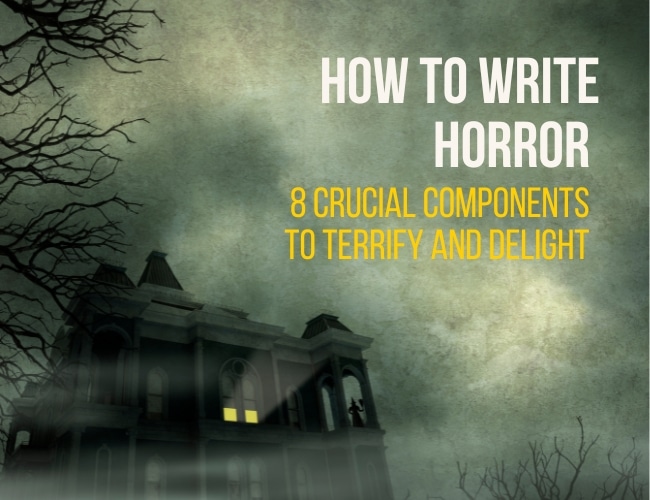
by Sarah Gribble |
Horror is a genre of literature or film that wants to evoke fear, shock, and suspense. Characters battle for their life versus a fate worse than death.
What makes a good horror story is the ability to tap into our deepest fears and deliver them in a captivating way. Even if you don’t consider yourself a horror writer, practicing a few short stories in this genre can help you understand human fear and the way it motivates action.
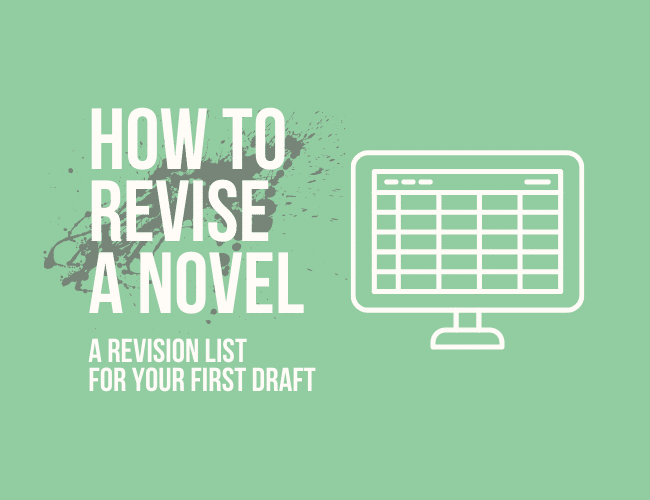
by J. D. Edwin |
Finishing a first draft is a huge deal. If you just accomplished this, be proud of yourself! At the same time, you might be wondering how to revise a novel after that first draft is done. There’s a lot of advice out there. Which do you listen to?
The revision process doesn’t have to be complicated. However, you might feel—especially if this is your first completed draft ever—intimidated to edit your book. There’s a lot of words and scenes to review. Where do you begin?
In this article, I’d like to share how I took a daunting editing process and created a simplified, concise, and clear strategy to revising your first draft. I do this with what I call a Revision List—a table with five columns that can help you simplify big ideas.
If you’re like me, you won’t ever want to edit a first draft without it!
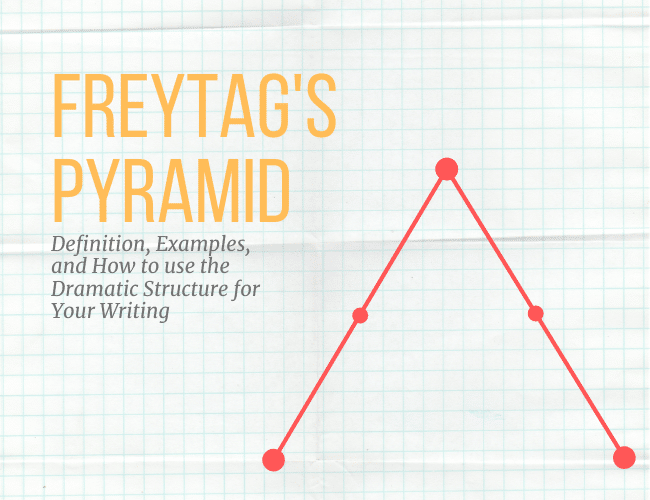
by Joe Bunting |
Most great stories, whether they are a Pixar film or a novel by your favorite author, follow a certain dramatic structure.
When you’re getting started with writing, understanding how the structure works is difficult. Even if you go back and analyze your favorite books and films, it can still be hard to structure your own stories. That’s where Freytag’s Pyramid can help.








